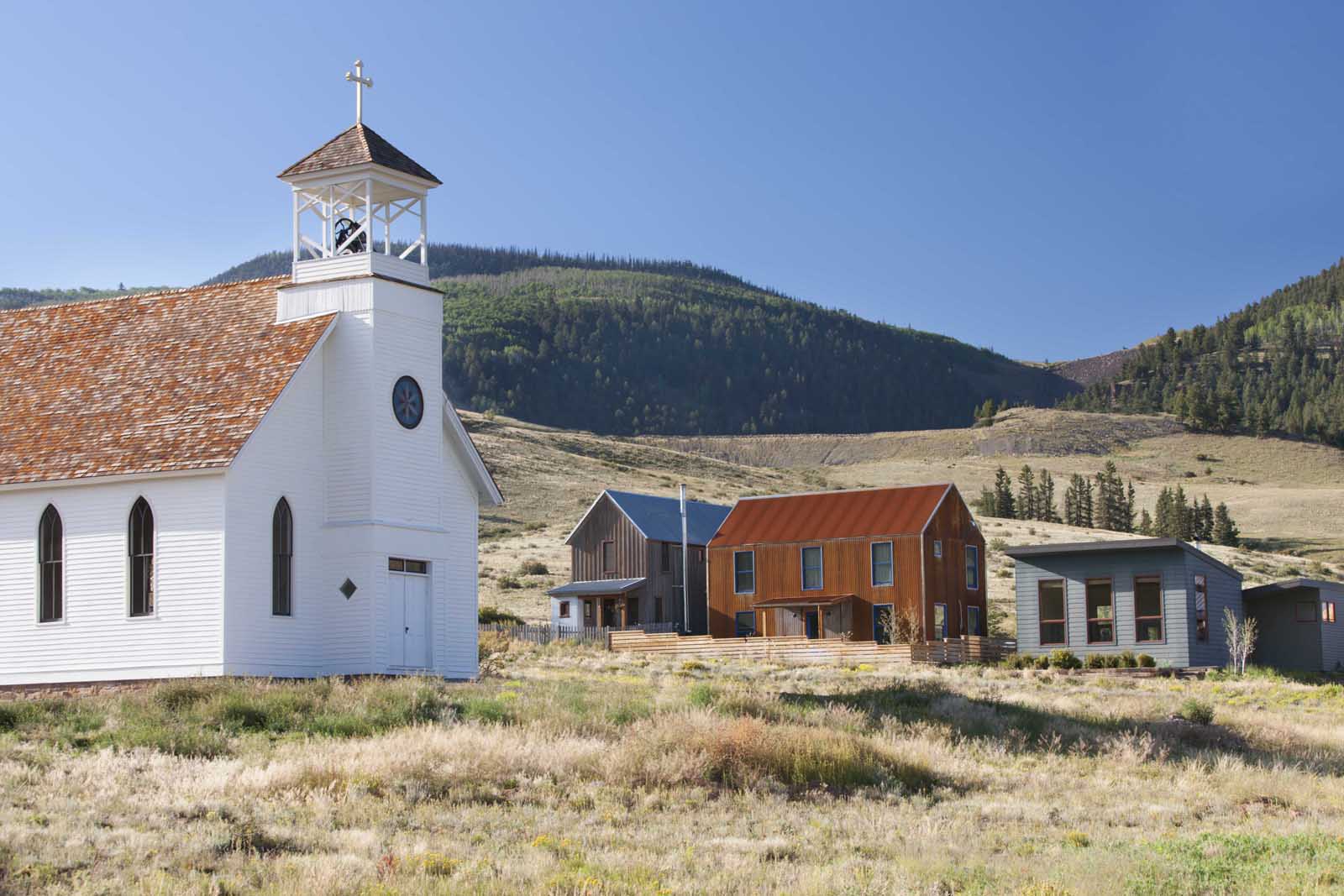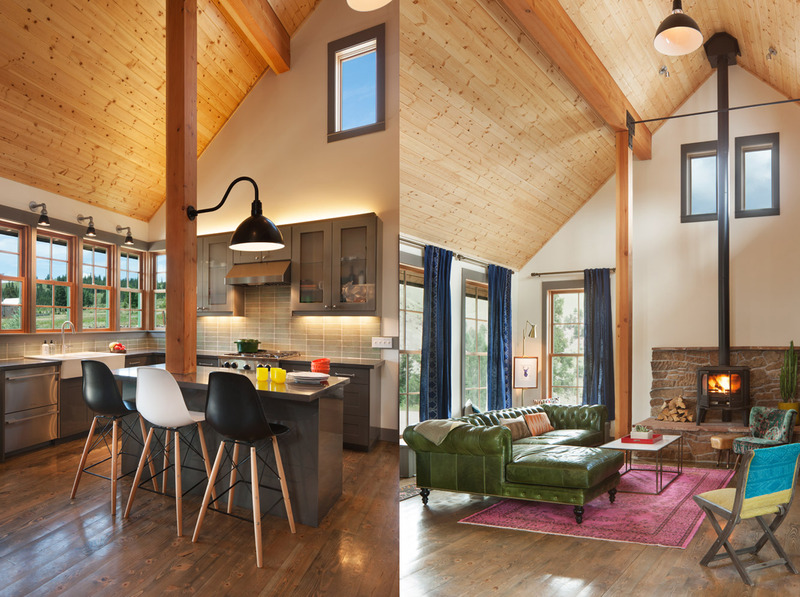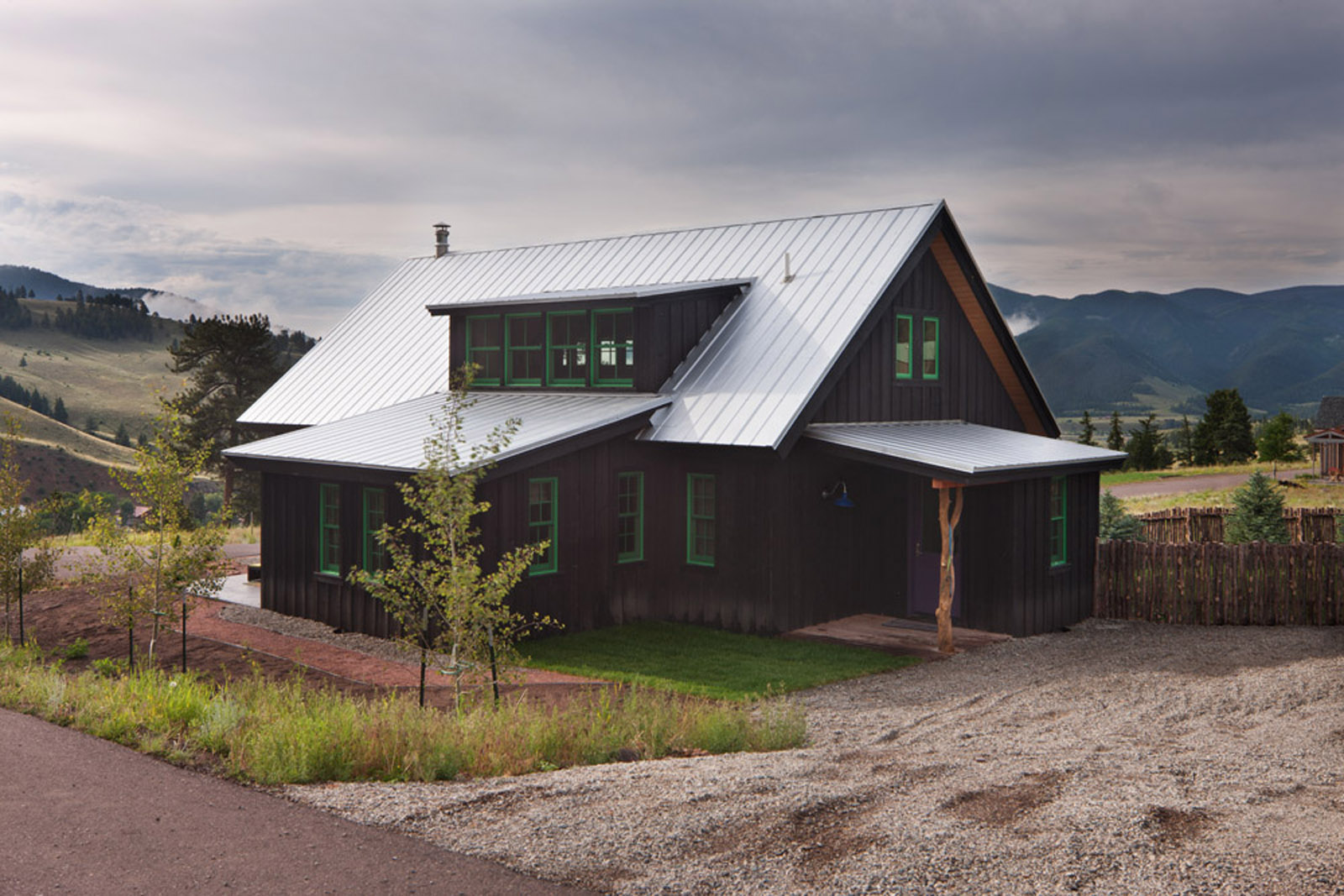The Local newsletter is your free, daily guide to life in Colorado. For locals, by locals.
A community of just 300 people nestled in the San Juan Mountains, Creede seems an unlikely location for a master-planned housing development. Sure, Creede boasts the beauty of the mountains, but the city sits an hour away from the nearest ski resort and farther from any metro area of note.
Then again, the only incorporated city in Mineral County also lays claim to a performing arts attraction of a caliber most small towns—and even some big cities—can’t match. Founded 50 years ago by college student thespians, the esteemed Creede Repertory Theatre attracts roughly 90 company members and thousands of audience members every year during its season, which runs May through September. “And it happened organically,” says Avery Augur (pictured), developer of Creede America, the housing development destined to include 71 modestly sized homes atop a mesa just west of downtown. “No government stepped in and built a performing arts center. That’s motivating to me—the authenticity, of both the theater and this town.”
Officially incorporated in 1892, a year before silver crashed, Creede was never gilded with the showy Victorian ornamentation prominent in mining towns that had prolonged booms, such as Aspen and Cripple Creek. Rather, Creede’s defining architectural style can best be described as, Augur says, “Victorian minimalism” (think: gabled roofs and double-hung rectangular windows, but without any of the frills and flourishes).
It’s this distinctly Creede style that Augur—an architectural designer raised in Aspen whose wife, Catherine, runs the theater—is seeking to replicate with homes he describes as modern interpretations of the miner’s shacks spread throughout town. A former banjo player who says he made “tens of dollars” during a short stint in Nashville, Tennessee, Augur returned home to get his master’s in architecture from the University of Colorado Denver. Just after Augur’s graduation in 2005, a plot of land adjacent to downtown Creede went on the market. Augur—who as a child had fallen in love with Creede, which his family visited often—assembled investors (including one of his grad-school professors), bought the land, and started building in 2006. “It was an opportunity to be involved in the architecture of Creede by creating a new neighborhood,” Augur says. “How do you take the unique nature of this place, grow it, and not destroy it?”
Some locals, however, say Augur has failed in his mission. “We always need more housing here, but they’re not affordable for most people here…. [Augur] told us the locals would be able to afford them,” says Ken Wyley, a retiree and a lifelong resident of Creede. (The homes range from $300,000 to $700,000 and from 850 to 2,600 square feet.) Other residents have complained about overly strict neighborhood covenants and architecture that doesn’t feel authentic. Former mayor Eric Grossman sees both sides of the issue: “When you look at the architecture, it’s modern; it’s not miner’s shacks. I have one of those miner’s shacks. I love it, but it’s decrepit, and the plumbing is not that great.” To Grossman, critics’ responses to Creede America are only a continuation of the town’s long-standing wariness of change—a skepticism that used to include the theater. “Miners used to call actors walking down the street ‘piccadillies,’?” Grossman says. Now the theater generates $2.75 million annually for the town. “There’s nothing wrong with diversifying the economy.” Naturally, Augur agrees: “We create jobs, we create revenue, and we increase the tax base.”
Slowly. The first phase of the development calls for 31 homes, but stymied by the Great Recession, Creede America has only seen 11 of them built. Buyers pick their plots and then either work with Augur or one of the other in-house architects or come up with their own design (which must be approved). The layouts shed the Victorian fascination with quarantined rooms in exchange for open space and light. As for sustainability? “Less house, less materials, less [energy] to heat it,” Augur says. He also has plans for a hotel, and a soon-to-be-restored church will be adorned with landscaping designed by Seattle-based landscape architect Kathryn Gustafson, who planned the Diana, Princess of Wales Memorial Fountain in London’s Hyde Park.
Although Creede America is part of the push for its namesake town to grow, Augur says his objective is not to create another Aspen, a concern voiced by many locals. Rather, given Creede’s destination-worthy theater and the city’s relative remoteness, Augur prefers a comparison to Marfa, Texas, a town that has transformed into a hot spot for the arts while holding on to its distinctive Western feel. “Creede is not spit-polished; it’s not all buttoned-up,” Augur says. “It still feels like old Colorado”—albeit with better plumbing.












